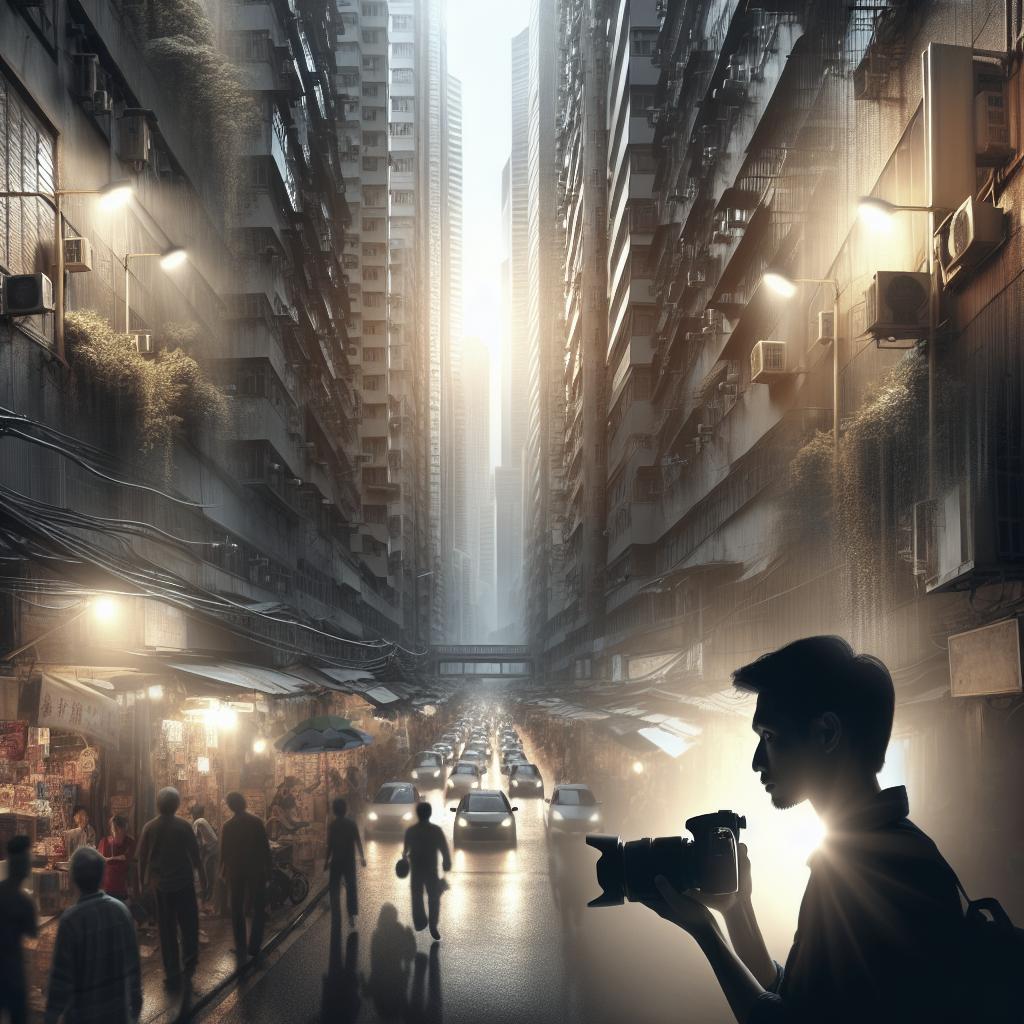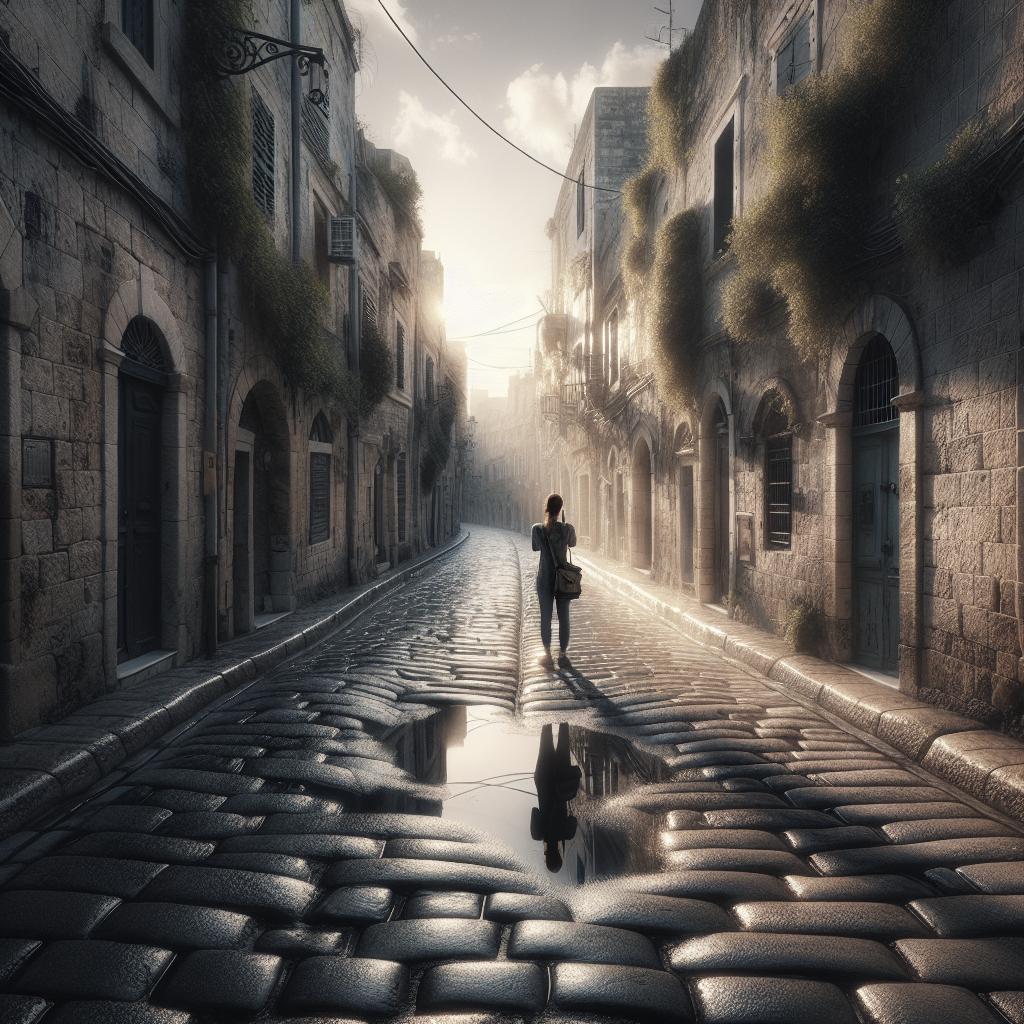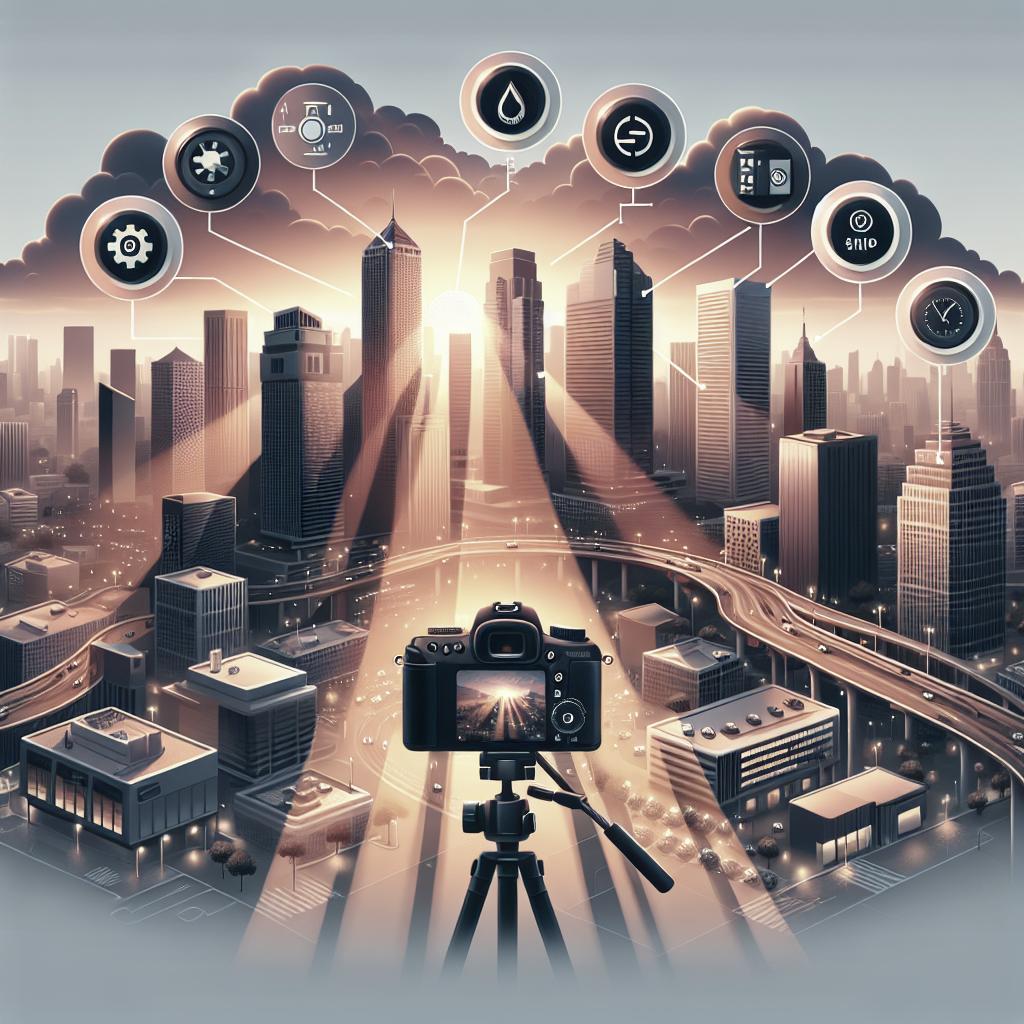<>
Urban photography, widely recognized as street photography, is an intriguing and ever-evolving genre that offers a snapshot into the dynamic pulse of city life. With its vibrant mix of people, architecture, and spontaneous moments, urban photography is both exhilarating and challenging. This detailed blog post explores the common hurdles that urban photographers face, from unpredictable lighting to public confrontations. Dive into the intricacies of capturing life on the streets while navigating common challenges, and discover how to enhance your street photography skills.
More Photoessays:
For those who are fascinated by capturing daily urban life, photoessays offer an in-depth perspective. These visualize stories through compelling images that capture the essence of the subjects.
#1 – Lack of Control on the Street
Urban photographers often grapple with the lack of control over their environment. Unlike studio photography, where settings are meticulously managed, street conditions are unpredictable. Pedestrians, vehicles, and unexpected events can disrupt a perfectly framed shot. To navigate this, photographers must be patient observers and quick reactors. This can involve waiting for an ideal moment to present itself or snapping a rapid succession of shots in hopes of capturing the perfect frame. Flexibility and adaptability become indispensable skills in the street photographer’s toolkit. Despite the unpredictability, this lack of control can turn into an advantage. It pushes photographers to think creatively and sharpen their instincts, making the resulting images more authentic and lively.
#2 – Unpredictable Lighting
Lighting is another significant challenge in urban photography. Natural light behaves unpredictably due to skyscrapers, moving vehicles, and constantly changing weather. Harsh shadows, reflections, and inadequate lighting can complicate capturing the essence of a scene. For novice photographers, carrying portable lighting equipment isn’t always feasible. Learning to utilize natural light effectively is a skill that develops over time. Planning photoshoots during different times of the day, like the golden or blue hours, can offer more consistent and aesthetically pleasing lighting conditions. Professional editing software can mitigate some issues, but it’s crucial to get the basics right in-camera. Developing skills in manual settings allows photographers to adapt quickly to fluctuating light conditions.
#3 – Location
Selecting the right location is paramount in urban photography. City landscapes are vast, and each neighborhood offers unique photographic opportunities. Cramped alleyways might present a different aesthetic than bustling urban centers or serene park spaces. Research and scouting are useful strategies. Visiting potential locations during different times of the day provides insights into the best moments for photography. Engage with local communities to discover hidden gems and earn access to places that aren’t always accessible to outsiders. Further, respecting the cultural nuances of various neighborhoods ensures that the photographer captures genuine interactions without disrupting the natural flow of local life.
#4 – It Can Be Scary
Urban environments can sometimes feel intimidating. Busy streets, unfamiliar territories, and the sheer presence of a diverse crowd can be overwhelming, especially for budding street photographers. It’s common to feel out of place or self-conscious when wielding a camera on bustling sidewalks. Confidence boosts with experience. Start in familiar locations to build comfort and gradually venture into more challenging areas. Working with a friend or fellow photographer can also provide moral support and safety. Remember, it’s vital to be aware of your surroundings and take personal safety into account. Blending into the crowd, being discreet about your equipment, and avoiding risky situations contribute to a safer and more enjoyable experience.
#5 – Confrontation
Interpersonal confrontation is an inevitable aspect of street photography. People might not appreciate being photographed without their consent, leading to awkward or contentious encounters. Cultural differences further intensify the potential for misunderstandings. To minimize friction, approach photography ethically. Always consider the subject’s comfort and privacy. Sometimes a simple gesture or smile can indicate respect and intent, easing any tension. Carrying business cards or portfolios might help explain your work and intentions when questioned. Respectful communication can turn a potentially negative encounter into a positive interaction, enhancing the overall experience and resulting photographs.
#6 – You Have to Photograph a Lot
Success in street photography requires high volumes of shooting. The more photos you take, the greater the chances of capturing that one iconic image. Quantity paves the way for quality; practice leads to improvement. Don’t be discouraged by failures. Not every photograph will be a masterpiece, and that’s okay. Continuous shooting helps refine your eye for composition, timing, and light. Digital photography facilitates this process. Unlike film, you aren’t limited by the number of shots you can take, allowing for abundant practice without substantial additional costs.
#7 – It Requires Discipline in the Editing Process
Editing plays a crucial role in shaping the final output of urban photography. With hundreds of images to sift through, discipline in the editing process becomes essential. It requires a keen eye to curate the best shots and discard the rest. Editing isn’t just about enhancing the image. It’s about telling a coherent story. Developing a consistent style through post-processing tools like Lightroom or Photoshop can unify your photo series. Don’t hesitate to seek feedback. Join photography communities or forums where you can share your work and receive constructive criticism. Learning from others’ perspectives can significantly enhance your editing skills.
#8 – Many People Don’t Understand Street Photography as Art
Street photography often occupies a gray area between art and invasion of privacy. The general public may not always appreciate or comprehend the artistic value of candid street shots. This lack of understanding can affect the acceptance and recognition of your work. Advocating for street photography as an art form involves educating the viewers. Through blogs, social media, and exhibitions, explain the narrative and creative vision behind your photographs. Highlight the spontaneity and real-life storytelling which make urban photography unique. Participating in or organizing workshops can also contribute to raising awareness and appreciation. The more people understand the underlying artistry, the more acknowledgment and respect street photographers will receive.
Last Thoughts
Navigating the challenges of urban photography is a continuous learning experience. With every session, photographers encounter new situations that push their creative boundaries and equip them with unique skills. Patience, adaptability, and a passion for storytelling are key to overcoming these challenges. Urban photography thrives on the unexpected, transforming the mundane into compelling stories and vibrant images. By honing your technical skills and embracing the dynamic environment of the streets, you can continually improve your craft and produce impactful visual narratives.
| Challenge | Description | Solutions |
|---|---|---|
| Lack of Control on the Street | Street environments are unpredictable with constantly changing elements. | Be patient, adaptable, and creative. Embrace unpredictability. |
| Unpredictable Lighting | Natural light varies due to buildings, weather, and time of day. | Learn to use natural light. Shoot during golden and blue hours. |
| Location | Choosing the right place to shoot can be overwhelming in a vast cityscape. | Scouting and researching locations. Engage with local communities. |
| It Can Be Scary | Urban environments can be intimidating and unfamiliar. | Start in familiar areas. Build confidence with experience. |
| Confrontation | People might not appreciate being photographed, leading to conflicts. | Approach ethically, communicate effectively, and respect privacy. |
| You Have to Photograph a Lot | Streets are fast-paced, requiring numerous shots to capture the perfect moment. | Never be afraid of taking many photos. Practice makes perfect. |
| Discipline in the Editing Process | Curating and editing a large number of images is time-consuming. | Maintain discipline, focus on storytelling, and seek feedback. |
| Understanding Street Photography as Art | The public often misunderstands or undervalues street photography. | Educate through blogs, exhibitions, and social media. Advocate for its artistic value. |


